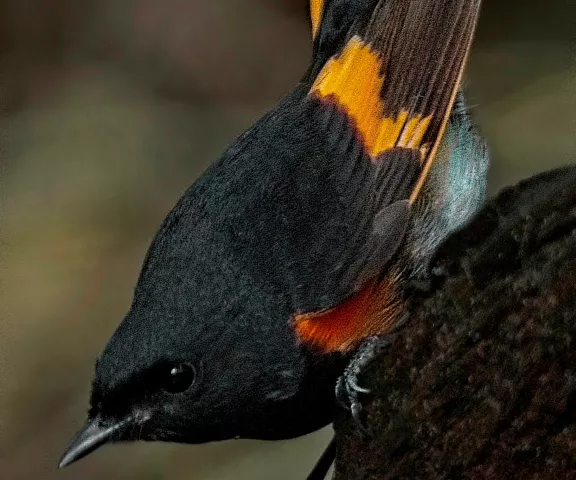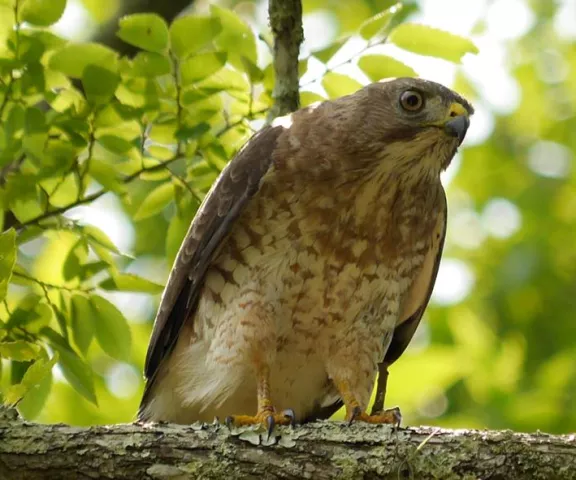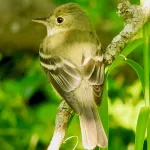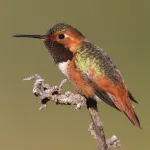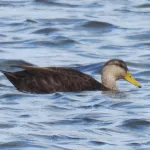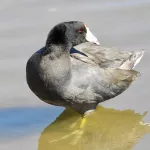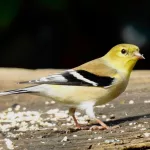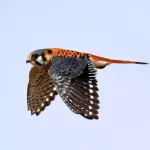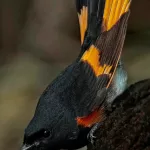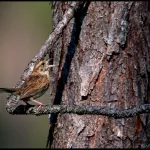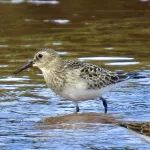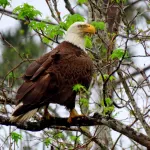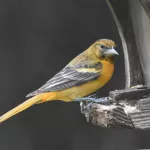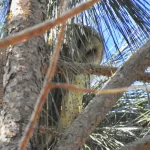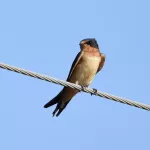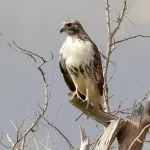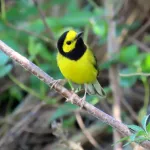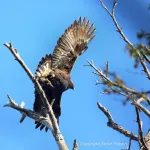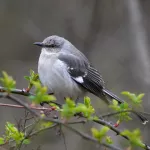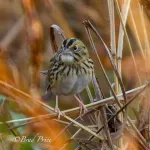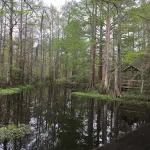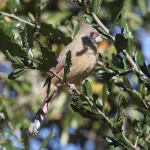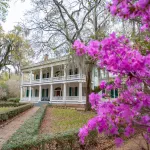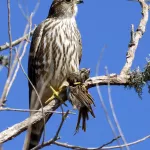Tunica Hills Wildlife Management Area
Tunica Hills Wildlife Management Area is comprised of the North Tract, adjacent to the Louisiana State Penitentiary, and the South Tract, which falls along the scenic Natchez Trace System used for travel since colonial times.
This site is for intrepid, hard-core naturalists in good physical condition. The terrain is hilly with ridges, ravines, cliffs, and loess bluffs. These blufflands are a unique southern forest habitat type that supports some species of plants and animals not found elsewhere in Louisiana. At least 20 species of plants classified as rare in Louisiana are found in this area.
Year-round birdlife includes Wood Duck, Wild Turkey, Black and Turkey Vultures, Cooper’s and Red-shouldered Hawks, Barred Owl, several woodpecker species, and woodland songbirds such as Brown Thrasher, Carolina Chickadee, Tufted Titmouse, Carolina Wren, Blue-gray Gnatcatcher, and Northern Cardinal.
Spring is the most active season for birders, with numerous neotropical migrants passing through, as well as nesting species including Mississippi Kite, Broad-winged Hawk, Acadian and Great-crested Flycatchers, White-eyed, Yellow-throated, and Red-eyed Vireos, along with Wood Thrush, Eastern Towhee, and Orchard and Baltimore Orioles.
Twenty-one species of warblers have been recorded here, including nesting species such as Worm-eating, Prothonotary, Swainson’s, Kentucky, Common Yellowthroat, American Redstart, Hooded, and Northern Parula.
Besides gravel parking and identification/interpretive signage, no other amenities exist. This site is used primarily by hikers, birders/botanists, and hunters. Hunting regulations for each season are listed on the kiosks. Visitors should stay on designated hiking trails and take other safety precautions during hunting seasons.
